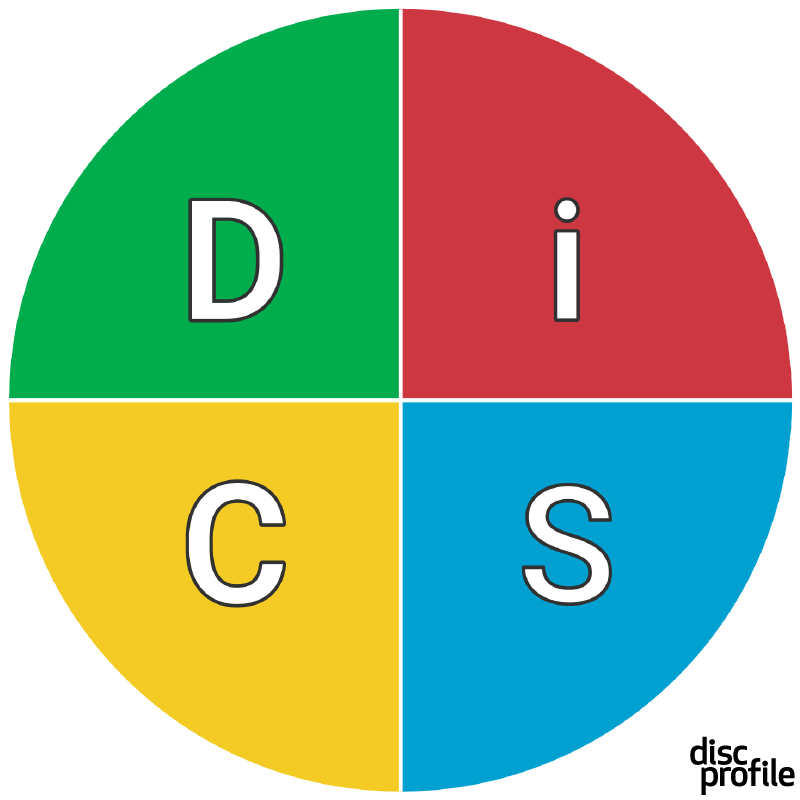Joe Pulizzi is the founder of
Content Marketing Institute and author of
Content Inc. In his book, he says that 61% of consumers are more likely to buy from a company if they deliver custom content, 70% of consumers prefer to familiarize themselves with a company through custom content, and 90% of consumers find custom content useful.
In other words,
custom content is a requirement if you expect to stand out from the competition and build substantial relationships with both potential and current clients.
At first, creating content seems easy enough. A blog here, a newsletter there, a webinar sometime in the near future, and maybe a whitepaper at the end of the quarter. But once you get to it, this little thing called “everything else” gets in the way, and suddenly, it becomes harder and harder to create content and easier and easier to push it off to the side.
To be completely honest, even we find it difficult to remain consistent at pushing out custom content – both with CharTec and our local MSP, ARRC Technology. Along the way, however, we’ve come up with a rather effective method to manage content creation and to keep the ball rolling no matter what. Here it is.
Know your strategy.
Depending on the types of content you’re comfortable creating—from a lengthy whitepaper heavy on the research to a shorter blog post leaning towards an opinion—it’s important to develop a content strategy.
First, you should ask yourself - what is it that you want to accomplish, and how do you want to come off to your clients? For example, do you want to be the subject matter expert on one topic in particular or the friendly go-to company for all things tech?
After you figure out what your positioning is going to be, separate the year by quarter and attach a subject matter or theme to each phase. You could potentially dedicate an entire quarter to online security and the next quarter to data backup. Whatever it is that you decide to do, make sure it ties in nicely with your sales efforts and marketing campaigns.
Create a calendar.
After you decide what your baseline strategy will be, create a calendar and schedule your content. Try to keep your pushes as consistent as possible. In other words, if you want to push a weekly blog, try to do it on the same day each week.
Here’s an example of what you can do:
Split your quarter into three months. Schedule a blog post for every Thursday and a newsletter for the last week of each month. Plan for one whitepaper to be sent out the last week of the quarter.
Example calendar for last month of quarter:
 Arrange your topics.
Arrange your topics.
It’s always a good idea to get a general feel of where your content will go. However, consider topics right before the start of the next quarter so you can stay relevant, and you should always be prepared to switch up topics at the last minute in case something more pressing comes up.
Here’s an example based off the sample calendar:

Once you’re done planning, you should go a step further and assign a resource to each piece of content to ensure everyone knows who’s responsible for what. If you take the time to plan your content strategy, you’ll find that it will become easier and easier to actually go about creating the content. Seeing it out in the open like this shows you and your staff the bigger picture and allows all parties involved to plan content creation more efficiently.
 Arrange your topics.
It’s always a good idea to get a general feel of where your content will go. However, consider topics right before the start of the next quarter so you can stay relevant, and you should always be prepared to switch up topics at the last minute in case something more pressing comes up.
Here’s an example based off the sample calendar:
Arrange your topics.
It’s always a good idea to get a general feel of where your content will go. However, consider topics right before the start of the next quarter so you can stay relevant, and you should always be prepared to switch up topics at the last minute in case something more pressing comes up.
Here’s an example based off the sample calendar:
 Once you’re done planning, you should go a step further and assign a resource to each piece of content to ensure everyone knows who’s responsible for what. If you take the time to plan your content strategy, you’ll find that it will become easier and easier to actually go about creating the content. Seeing it out in the open like this shows you and your staff the bigger picture and allows all parties involved to plan content creation more efficiently.
Once you’re done planning, you should go a step further and assign a resource to each piece of content to ensure everyone knows who’s responsible for what. If you take the time to plan your content strategy, you’ll find that it will become easier and easier to actually go about creating the content. Seeing it out in the open like this shows you and your staff the bigger picture and allows all parties involved to plan content creation more efficiently.







